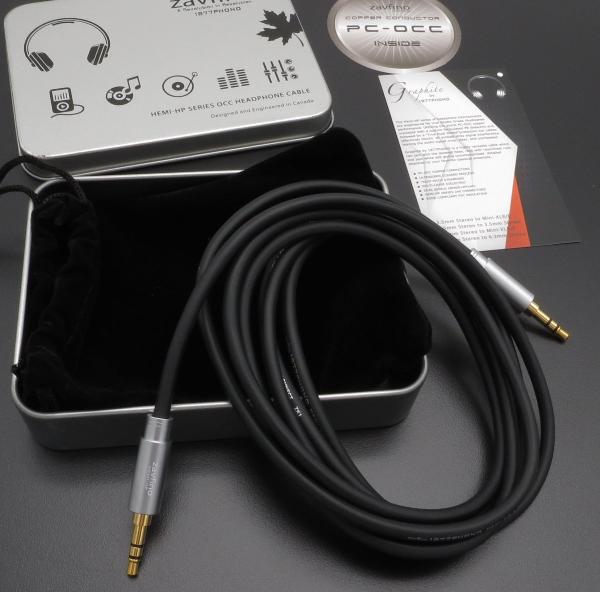● Conductor: OFHC High conductivity conductor
● Ultra Sonic-7™ electrically charged water bath
● Insulations: HPE Polyethlene Injection extrusion,
● Tight Pitch twisted pair
● Shield: Aluminum kapton film
● Shield: Copper high pitch fine strand braid
● 1877 ZSP-7 with OCC copper pin assembly in 24k gold and PTFE TEF Insulator
● Sleeve 1: Polyethylene terephthalate(PET) monofilament sleeve with anti-static fibres
This is a two-stage process. In the first stage we draw the bare conductor through a ceramic die into an ultrasonic cleaning chamber that bombards the conductor with multiple ultrasonic frequencies. This emulsification process removes all debris from the surface of the wire down to the molecular level and leaves absolutely zero residues. After each individual wire is processed, we strand it into bundles and then subject the bundles to further treatment. During the second stage of the ultrasonic burn-in, we increase the voltage to a higher level that’s just below the threshold of the conductor. This adjustment in temperature allows us to get a unique “break-in effect” normally associated with cables that have had 30 to 40 hours of signal and/or current run through them.








